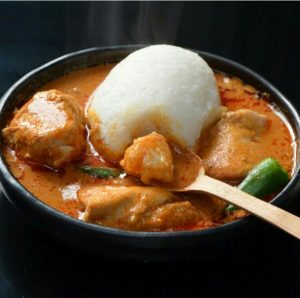“How, in an age of useful but overwhelming media, can we push a less anthropocentric perception of the natural environment into the context of Western ethics?”
I chose this question because recently, environmental sustainability through sick polar bear biopics and plastic straw revolts has slowly leaked into news coverage and pop culture. Between rising sea levels and ever-increasing carbon emissions, mankind’s relationship with the natural world needs to change immediately. Environmental ethicists argue that the only real way to create long-lasting sustainable change is for ethical systems to recognize the non-instrumental value in the natural world. We must stop valuing trees and oceans as something we can use. This even extends to saving the planet, so that we may keep using it. Tree-hugging is seen as radical because the action asserts a different kind of value on the tree. It is not future paper on which the hugger will write, but rather something valid in its own life.
No amount of “Landfill” posters taped to trash cans on campus is going to effectively readjust the mindset of students. No amount of Facebook posts are going to effectively reduce coral bleaching, and this has always been so overwhelming to me. However, with societal reevaluation of human perception of the environment, we can cultivate a new ethic with a new generation of conscious citizens. I just would like to know how.
In A More Beautiful Question, Warren Berger defines a beautiful question as something ambitious yet actionable, a question that shifts the way we perceive or think about something and in turn be a catalyst for change (Berger 8). Berger’s beautiful questions demand action and leadership that expects results. Asking how we can encourage more ethical, sustainable relationships with our race and the biosphere demands action quite urgently in fact.
Similarly, Dr. Stamant’s discussion on literature as leadership made me analyze the action component of climate change. We discussed whether informing people or getting people to think about your cause is leadership, or if leadership requires personal tangible action. I think as this applies to sustainability, we need to start with climate change awareness and education but always lead into real action. Environmental awareness’ initial lack of tangible action does not invalidate it as leadership because it is absolutely essential to positive change. However, without action in response to this newfound awareness, we have not accomplished sustainability. Luckily though, I think environmentalism is such an issue that innately when successfully informed, demands action.
Another influential presentation was that of Dr. Ivanova and her exploration of memes as codified language. Environmental sustainability is honestly kind of a hard sell because it requires hard lifestyle changes and does not promise instant gratification. In an age where we communicate so rapidly and chaotically with humor and image, we are often simultaneously overwhelmed and deeply impacted. Dr. Ivanova’s presentation made me ask how we can use our newfound internet language to communicate and demand sustainable action, particularly from our youth.
Works Cited
Berger, Warren. A More Beautiful Question: The Power of Inquiry to Spark Breakthrough Ideas. New York: Bloomsbury, 2014.


